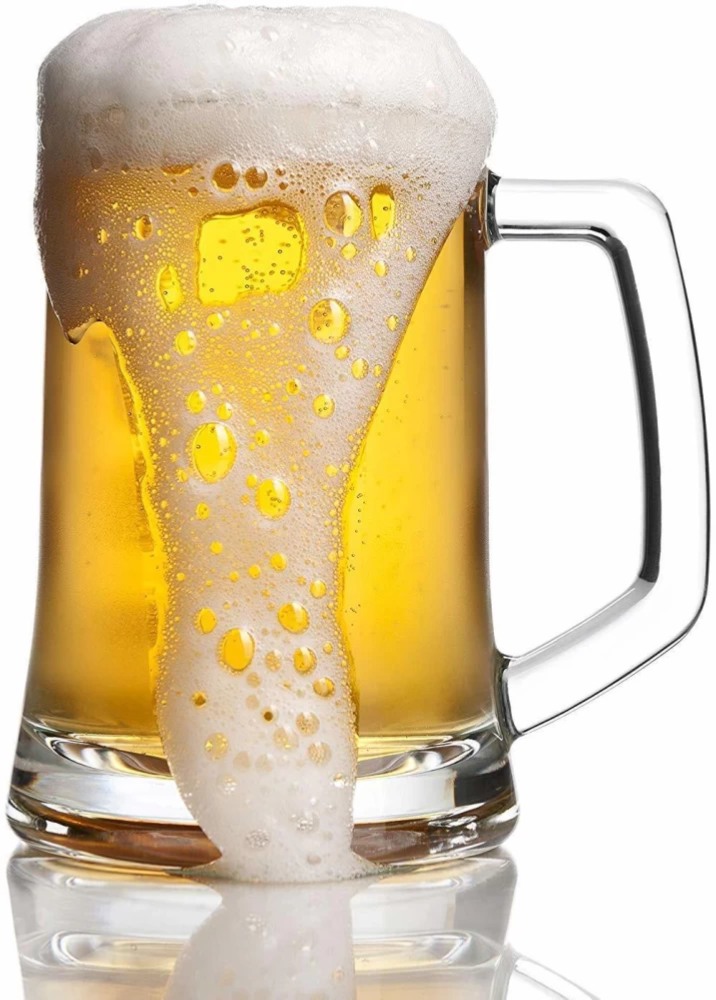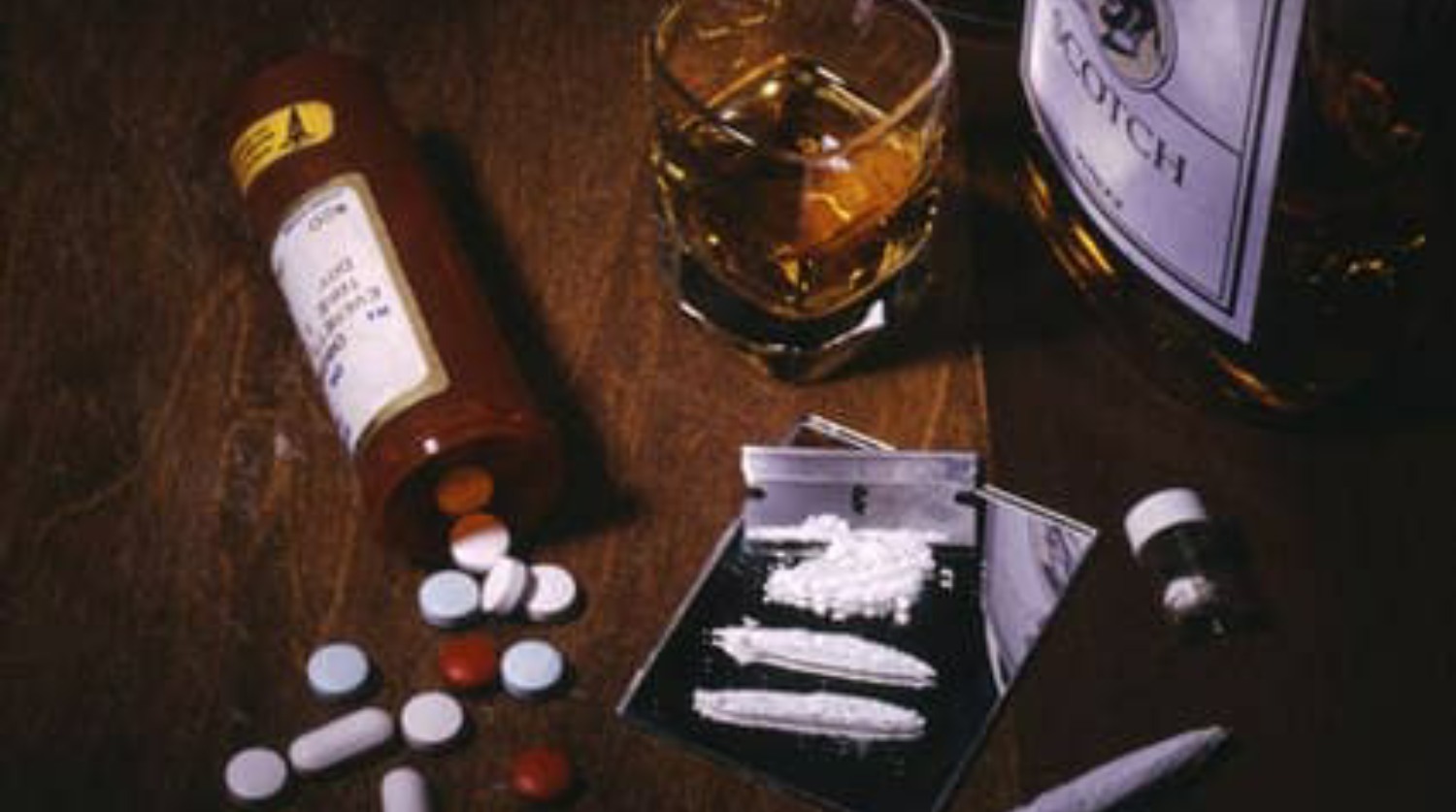Substance Abuse
Drug or Substance abuse refers to the harmful or hazardous use of psychoactive substances, including alcohol and illicit drugs…WHO The harmful pattern of drug use that results in repeated adverse consequences, such as failure to meet social obligations or encountering legal problems
Criteria for substance use
Any of the following has happened to someone within a 12-month period:-
1.Recurrent use resulting in a failure to fulfil major role obligations at home, work or school
2.Recurrent substance use in situations where it is physically hazardous
3. Recurrent substance use related legal problems
4. Continued use despite persistent or recurrent social/interpersonal problems caused or worsened by substance use

Classes of Substances of Abuse


Alcohol
Alcohol, like any other drug, can be harmful. In fact, alcohol is the most widely used psychoactive drug in Australia1 and one of the most harmful. Alcohol causes more chronic diseases and is linked to more deaths than any illicit drug.
Tips for minimising alcohol harm
Drink water or other non-alcohol beverages between alcoholic drinks.
Avoid drinking in rounds with friends, as you may end up drinking more than planned.
Order smaller serves of beer, cider and spirits, rather than pints or double serves.
Don’t let others top up your glass if you’re sharing a bottle of wine as you may lose track of how many drinks you’ve had.
Avoid high-alcohol content beverages, such as cocktails or spirits.
Eat some food before and while drinking, to slow your drinking pace and slow the absorption of alcohol.
Occupy yourself while drinking to reduce the amount you’re consuming; play pool, sing karaoke, dance, talk to friends.
Avoid combining alcohol with other drugs, including pharmaceutical and illicit drugs
Alcohol is a depressant drug. Consuming alcohol with other depressant drugs such as benzodiazepines, GHB, or opioids can increase the risk of overdose and cause loss of consciousness, nausea and vomiting.
Combining alcohol with stimulants such as cocaine, amphetamines or MDMA can also be dangerous, as both alcohol and stimulants can cause dehydration. Additionally, some stimulants can mask the effects of alcohol, leading people to drink more.
Don’t leave drinks unattended
Drink spiking occurs when a person deliberately adds alcohol or another drug to a drink without the knowledge of the person drinking it. Alcohol is the most common substance used to spike someone’s drink – by adding alcohol to a non-alcoholic drink or making an already alcoholic drink stronger.
To reduce the risk of drink spiking:
avoid sharing drinks
buy or pour your own drinks
don’t accept drinks from strangers unless you’re at the bar and see it being poured
don’t leave your drink unattended
keep an eye on your friends and their drinks.
Pharmaceuticals
Pharmaceutical drugs such as medicine prescribed by a doctor provide many benefits including increasing our quality of life. Most people use these drugs appropriately, following the guidance provided by their medical practitioner or pharmacist. However, the non-prescribed use of pharmaceuticals – in particular, opioids, including over-the-counter codeine, fentanyl, oxycodone and benzodiazepines – is increasing.
The non-prescribed use of pharmaceutical medications can include:
taking more medication than prescribed or directed on the packet, either in one dose or over time
taking medication in a different way to what’s recommended, such as injecting or snorting
using medication without a prescription and ongoing medical supervision
combining it with other drugs, including alcohol
undertaking activities that medication affects, like driving, working or looking after children
sharing prescription medication with friends, family or colleagues.
Preventing and reducing harms
There are a number of steps we can take to reduce the harms of non-prescribed pharmaceutical use. To take action:
talk to your health professional
take medicines according to the instructions
be aware of potential interactions
store medicines properly and safely
make sure the medicine is not damaged or too old
regularly review your medicines with your health professional
do not share medicines
be aware of the effects on driving ability.



Polydrug
‘Polydrug use’ is a term for the use of more than one drug or type of drug at the same time or one after another. Polydrug use can involve both illicit drugs and legal substances, such as alcohol and medications.
Other names
Multiple drug use, multiple substance use
Multiple drugs
Reasons for mixing drugs
There are many reasons people mix drugs, this might include:
to ‘bring’ on or enhance the desired effects of one drug, such as drinking alcohol while using stimulants
to stop or decrease the negative effects of a drug, such as using depressants like cannabis or benzodiazepines to reduce the impact of coming down from stimulants
substituting a drug of choice for an alternative; for example, being unable to access heroin and substituting it with alcohol and cannabis instead
when a person is intoxicated by alcohol or other drugs and they take another drug without thinking about or considering the effects
to reduce dependence on one drug by using a combination of others.
Effects of polydrug use
There is no safe level of drug use. Use of any drug always carries some risk. It is important to be careful when taking any type of drug.
Call Us
AntiAD House, Kiambu Road.
+254 20 800 1999
info@antiadinternational.org
Call Us
AntiAD House, Kiambu Road.
+254 20 800 1999
info@antiadinternational.org
